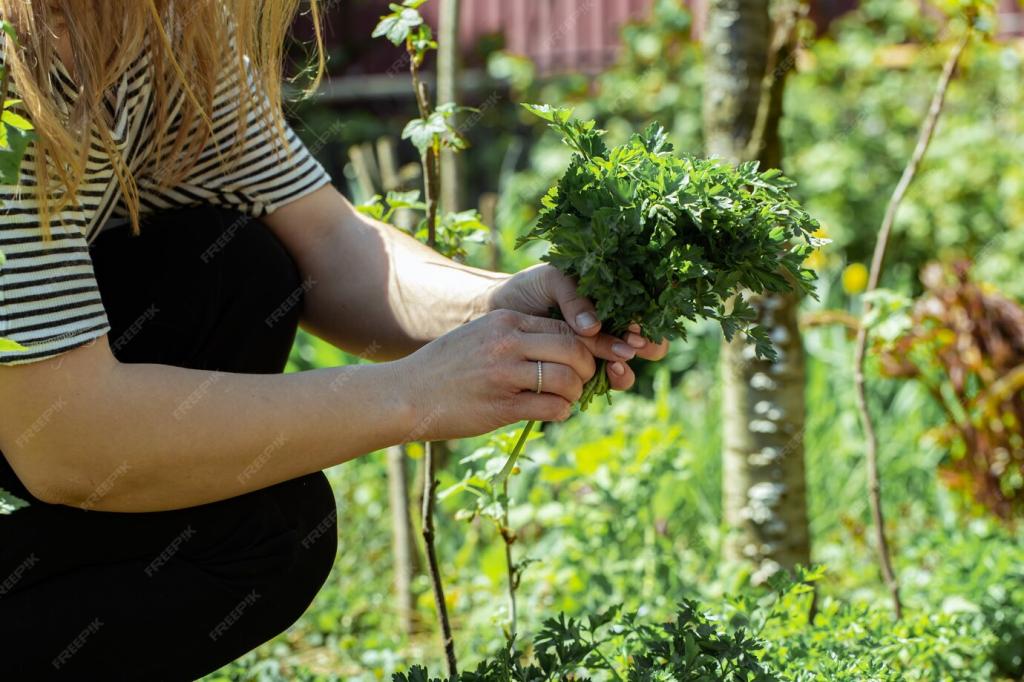Structures That Lift Your Harvest
Cucumbers, pole beans, and indeterminate tomatoes climb eagerly with sturdy guidance. A-frames distribute weight well and can fold for winter. Use galvanized mesh or nylon netting for easy clip-on training. If winds roar through your corridor, orient trellises to let air pass instead of acting like sails.
Structures That Lift Your Harvest
Heat-treated pallets (stamped HT) become tidy vertical beds when lined with landscape fabric and filled with a light mix. Felt pockets work beautifully for greens and herbs. Shallow gutters excel for strawberries and cut-and-come-again lettuces. Remember to add drainage holes and a drip line along the top run.











